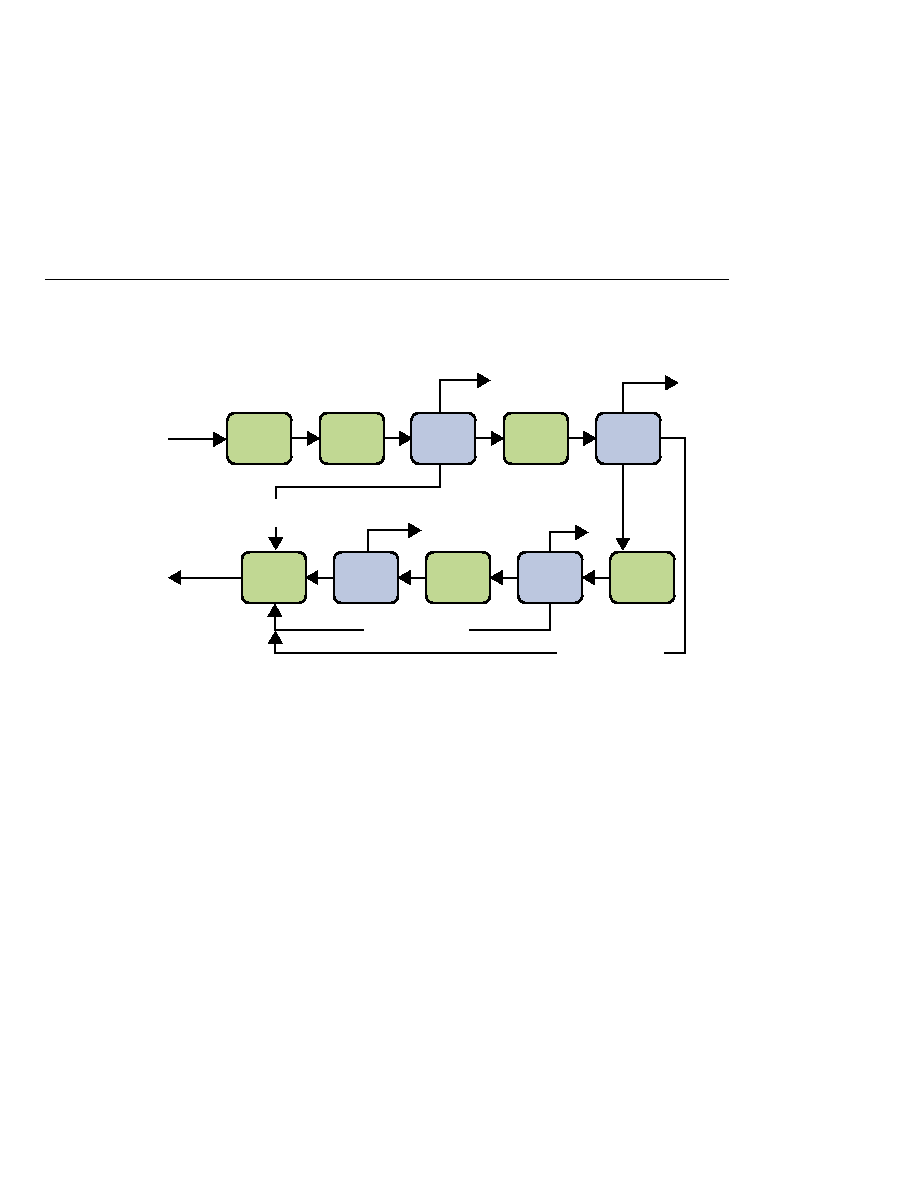
JavaServer Faces Implementation
JavaServer Faces Implementation
JavaServer Faces request-response life cycle.
an initial request for a page, he or she is requesting the page for the first time. When a user
executes a postback, he or she submits the form contained on a page that was previously loaded
into the browser as a result of executing an initial request. When the life cycle handles an initial
request, it only executes the restore view and render response phases because there is no user
input or actions to process. Conversely, when the life cycle handles a postback, it executes all of
the phases.
on an HTML page that links to the JavaServer Faces page. To render a response that is another
JavaServer Faces page, the application creates a new view and stores it in the FacesContext
instance, which represents all of the contextual information associated with processing an
incoming request and creating a response. The application then acquires object references
needed by the view and calls FacesContext.renderResponse, which forces immediate
rendering of the view by skipping to the
as a web service, or generate a response that does not contain JavaServer Faces components. In
these situations, the developer must skip the rendering phase (